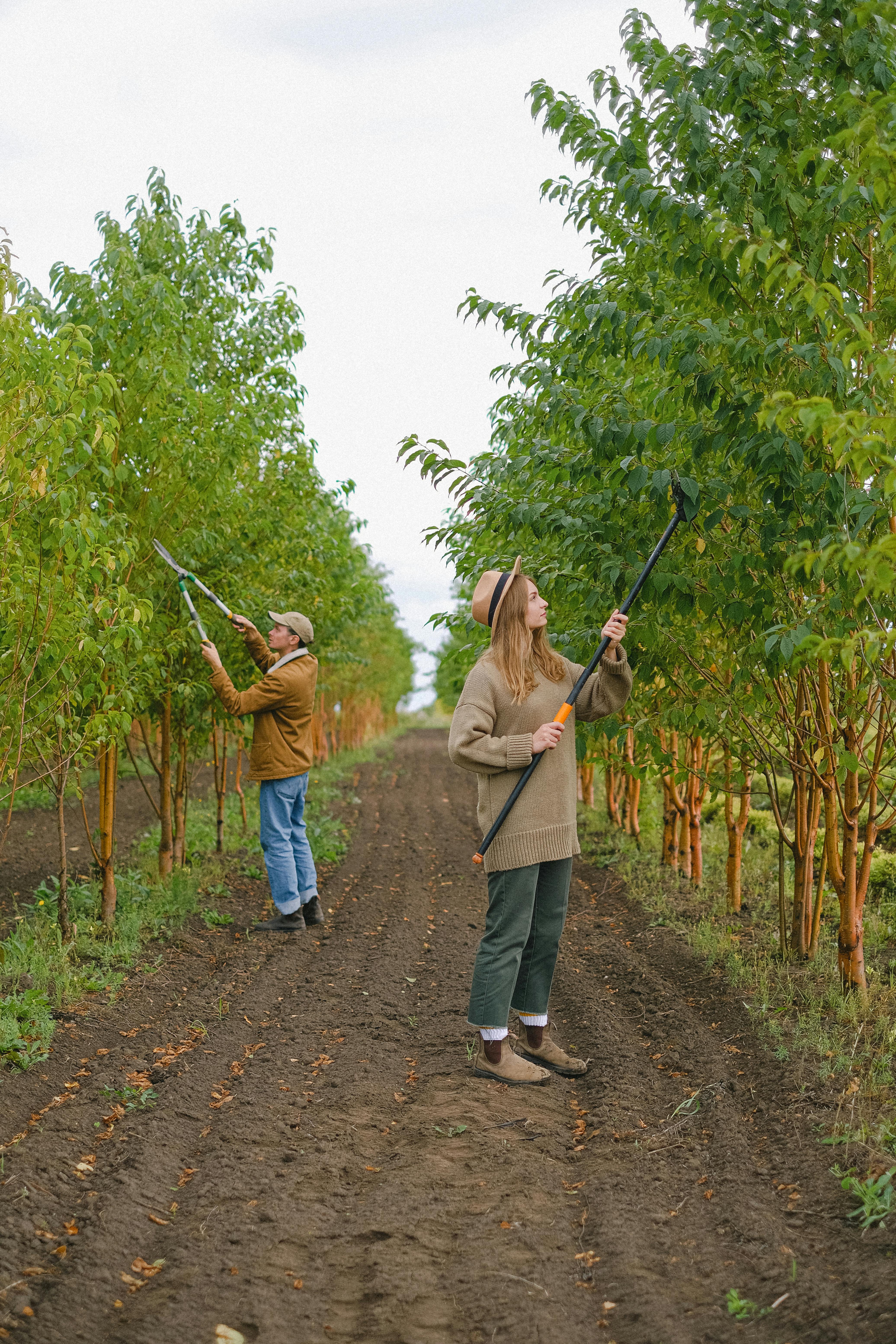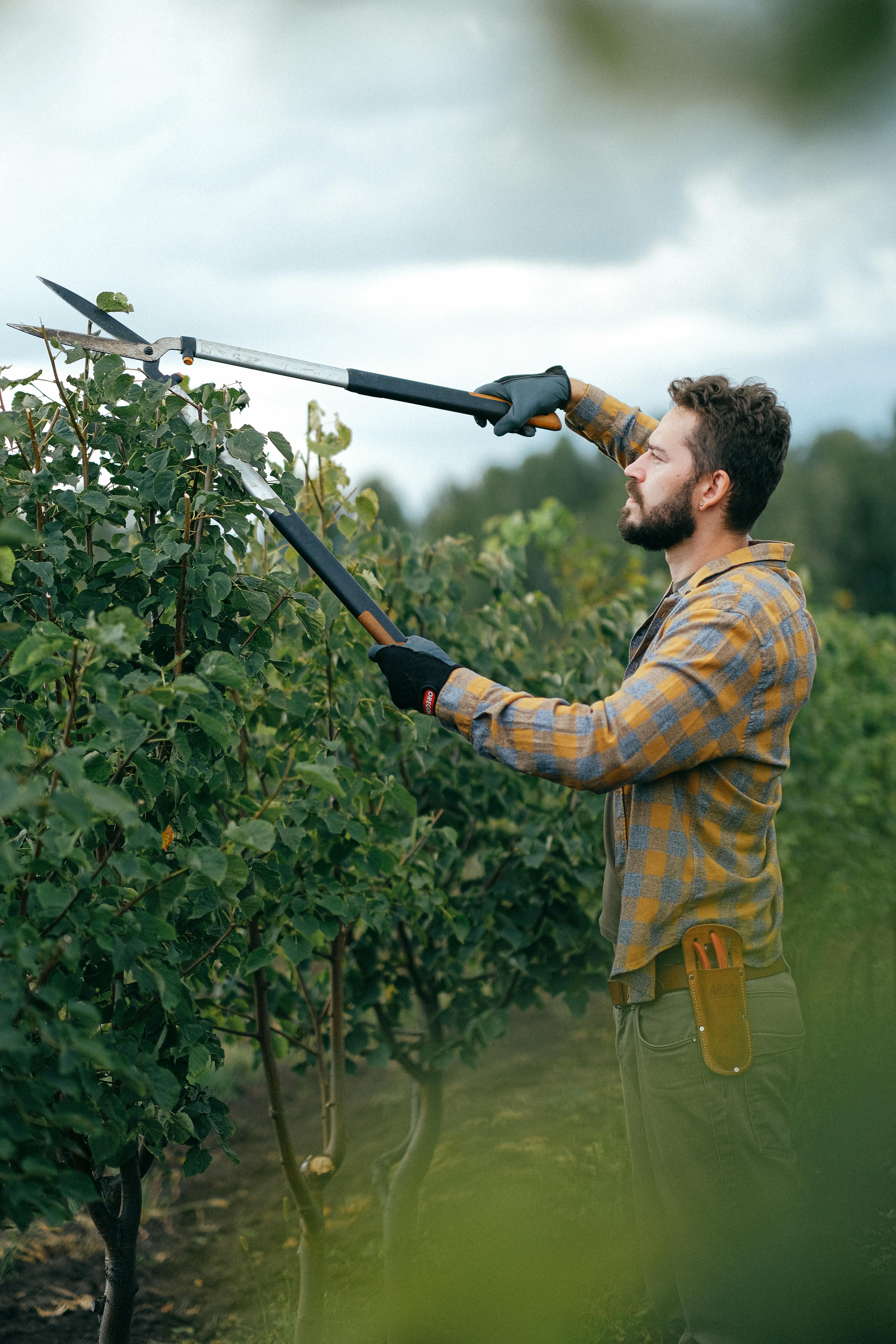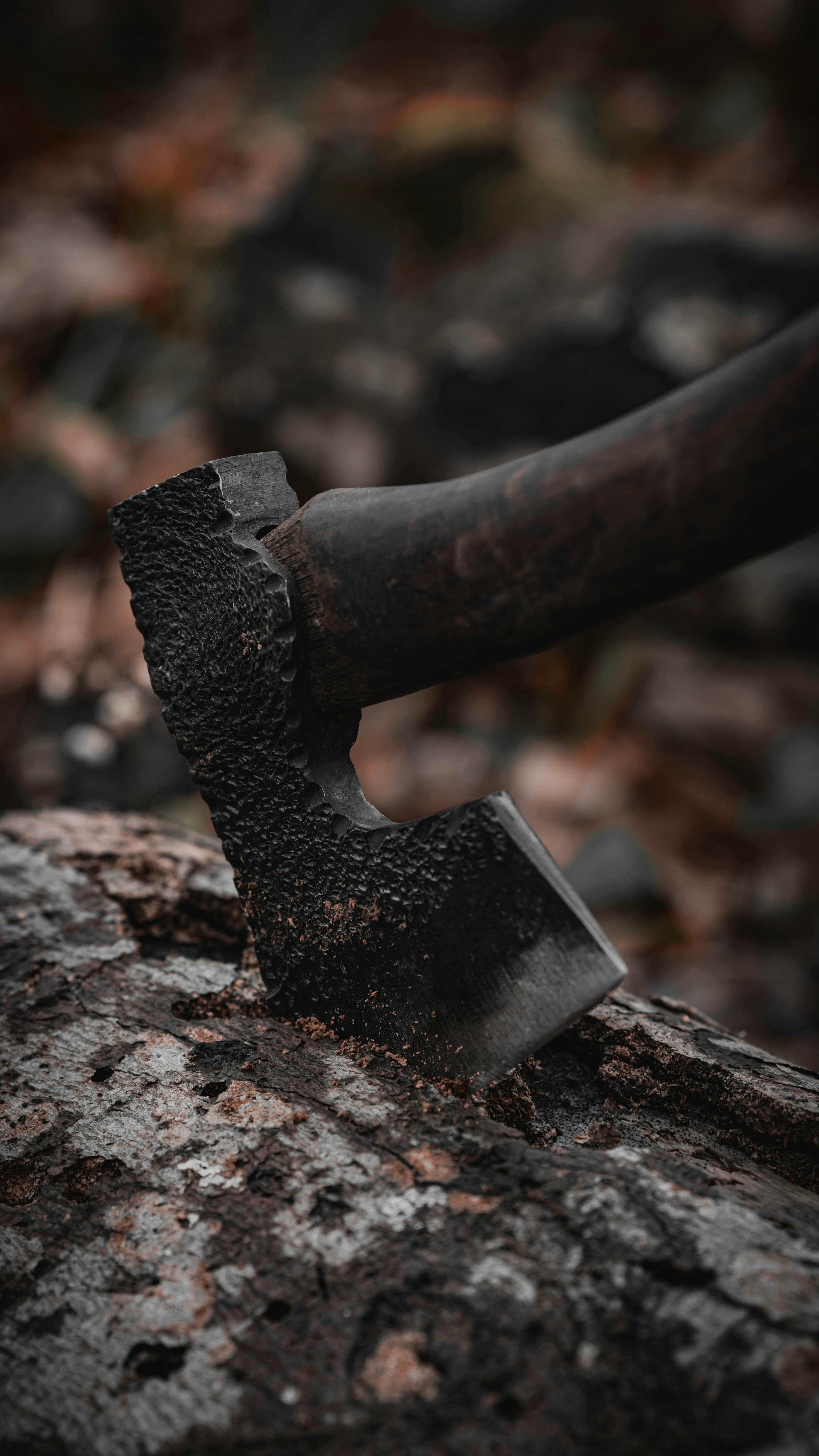Fricke's Tree Service
Caring for Your Trees During Stormy Weather
How to Protect Trees from Storms
Understanding the Risks
Storms can pose a significant threat to trees, leading to damage that can affect their health and stability. Understanding the risks associated with storms is the first step in protecting your trees. High winds, heavy rain, and lightning can all contribute to tree damage. Additionally, the impact of storms can vary based on the type of tree, its age, and its overall health. Trees that are already weakened by disease or poor growing conditions are more susceptible to storm damage, making it essential to be proactive in their care.Assessing Your Trees
Before taking protective measures, it’s essential to assess the condition of your trees. Here are some key factors to consider:- Tree Health: Check for signs of disease or decay, such as discolored leaves, fungal growth, or unusual bark texture.
- Structural Integrity: Look for cracks or weak branches that may pose a risk during high winds. Pay attention to any branches that are crossing or rubbing against each other.
- Root System: Ensure the roots are healthy and well-established. Look for signs of soil erosion or exposed roots that could compromise stability.
Pre-Storm Preparations
Taking proactive steps before a storm can significantly reduce the risk of damage to your trees. Here are some effective strategies:1. Pruning
Regular pruning helps maintain the health and structure of your trees. Focus on:- Removing dead or weak branches that could break off during a storm.
- Thinning out dense canopies to reduce wind resistance, allowing wind to pass through rather than exerting pressure on the tree.
- Ensuring proper branch spacing to promote airflow, which can help reduce the risk of disease.
2. Mulching
Applying mulch around the base of your trees can help retain moisture and protect the roots. Use organic mulch, such as wood chips or bark, and apply it in a 2-4 inch layer, keeping it away from the trunk to prevent rot. Mulching also helps suppress weeds that can compete for nutrients and water.3. Staking Young Trees
For young or newly planted trees, staking can provide additional support. Use soft ties to avoid damaging the bark and ensure the stakes are removed after the first year to allow for natural movement. This encourages the tree to develop a strong trunk and root system, making it more resilient to storms in the future.During the Storm
While you can’t control the weather, there are steps you can take to minimize damage during a storm:1. Stay Informed
Keep an eye on weather forecasts and alerts. If a storm is approaching, be prepared to take action. Having a plan in place can help you respond quickly and effectively to protect your trees and property.2. Avoid Risky Areas
During a storm, stay away from areas where trees are at risk of falling, such as:- Underneath large trees that may lose branches or topple.
- Near power lines that could be brought down by falling trees.
- Close to structures that could be damaged by falling debris.
Post-Storm Recovery
After a storm, it’s crucial to assess the damage and take appropriate action. Here’s what to do:1. Inspect Your Trees
Look for signs of damage, including:- Broken branches that may need to be pruned to prevent further injury to the tree.
- Uprooted trees that may need to be stabilized or removed.
- Signs of disease or decay that may have been exacerbated by the storm.
2. Clean Up Debris
Remove fallen branches and debris to prevent further damage and promote recovery. Be cautious of any hanging branches that may still be attached to the tree, as they can pose a safety hazard. Proper cleanup can also help restore the aesthetic of your landscape.3. Consult a Professional
If your trees have sustained significant damage, it may be best to consult an arborist. They can provide expert advice on:- Pruning damaged branches to promote healthy regrowth.
- Assessing tree health to determine if the tree can be saved.
- Determining if a tree needs to be removed to prevent future hazards.
Long-Term Tree Care
To ensure your trees remain healthy and resilient against future storms, consider the following long-term care practices:1. Regular Maintenance
Schedule regular tree maintenance, including:- Annual inspections to catch potential issues early.
- Routine pruning to maintain structure and health.
- Fertilization as needed to support growth and resilience.
2. Soil Health
Healthy soil promotes strong root systems. Consider:- Testing soil pH and nutrient levels to ensure optimal growing conditions.
- Adding organic matter to improve soil structure and fertility.
- Ensuring proper drainage to prevent root rot and other issues.
3. Planting Resilient Species
When planting new trees, choose species that are known for their resilience to storms. Some options include:- Oak, which is known for its strength and durability.
- Maple, which can withstand various weather conditions.
- Pine, which has a flexible structure that can bend without breaking.
Conclusion
Protecting your trees from storms requires a combination of proactive measures, timely responses, and ongoing care. By understanding the risks, preparing your trees, and maintaining their health, you can help ensure they withstand the challenges posed by severe weather. Remember that trees are valuable assets to your property and the environment, and investing in their care can lead to long-term benefits. For more information on tree care and to request an estimate, please reach out using this link. Your trees will thank you for the attention and care you provide!RECENT POSTS
Interested in Our Services?
Get in touch today to discuss your next project and we will happy to answer any questions and provide you with a no-obligation FREE Estimate.
Contact Details
Address: 427 Pleasant Oaks Trl, Osteen, FL 32764, United States of America
Phone: (321) 240-5613
Email: jonfric@yahoo.com
Quick Links
Contact Details
Address: 427 Pleasant Oaks Trl, Osteen, FL 32764, United States of America
Phone: (321) 240-5613
Email: jonfric@yahoo.com







